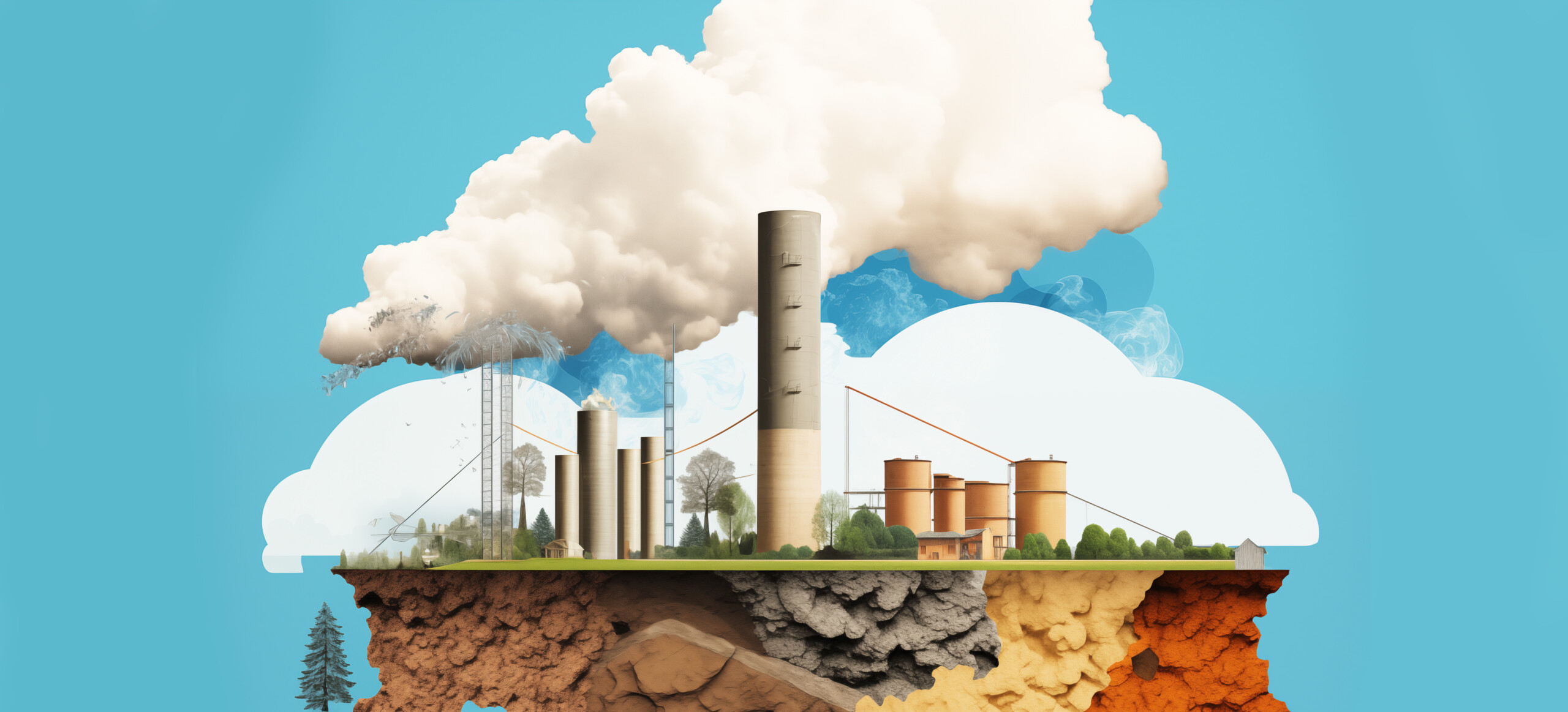Summary: Roger Pielke Jr.’s Iron Law of Climate Policy says that reducing atmospheric carbon was never going to succeed by appealing to people’s judgment, as economic growth invariably takes precedence over emissions reductions. At the moment, green technologies are insufficient to replace the fossil fuels that dominate global energy consumption. However, advancements in carbon capture and storage (CCS) technologies, exemplified by companies like Carbfix, may provide a practical solution despite their current inefficiencies and high costs.
We were never going to reduce atmospheric carbon by appealing to people’s better judgement. When the kids are hungry and our subsistence and livelihood is on the line, concerns for a changing climate — today or fifty years into the future — go out the window.
This is climate scientist Roger Pielke Jr.’s Iron Law of Climate Policy: whenever policies for economic growth run up against emissions reductions, economic growth will win out. That is why the Biden Administration stopped pushing high gas prices as a climate change-mitigating measure when the cost of filling up the tank hit records in 2022-23.
We can’t stop economic growth, and considering how valuable growth is for almost every other aspect of human well-being, we definitely shouldn’t. Green technologies are promising and improving, but incapable of replacing the 85%+ of primary energy that come from fossil fuels. What then?
For years, carbon capture and storage (CCS) technologies have been seen as a possible silver bullet for those who worry about climate change. For an equally long time, all such technologies were too expensive and impractical, but that may be changing.
Carbfix is a company that emerged from a collaboration between the University of Iceland, Reykjavík Energy, the French research institute CNRS, and the Earth Institute at Columbia University. The company believes that its method for turning carbon dioxide into basalt rock will revolutionize the CCS industry. In October, Carbfix was the cover story of National Geographic. In November, its CEO Edda Aradóttir was named among Time magazine’s 100 most influential business climate leaders.
Is it finally time for the carbon capture revolution?
Rush Forward, Slowly
Not quite. If anything, carbon capture projects sink money more than they sink carbon. They’re inefficient and energy intensive. “It’s so energy-intensive that if you add CCS to a coal plant, you’re roughly doubling the amount of coal you need,” says Emily Grubert, a sustainable energy professor in a recent Bloomberg interview.
But none of that matters to many of the participants of a carbon capture conference in Reykjavík this fall. All new technologies must “climb the cost mountain,” said an untroubled Jan Wurzbacher, CEO of Climeworks, whose direct air capture plant Orca outside Reykjavík is the world’s first and largest such facility in the world.
Orca captures about 10 tons of CO2 a day by running industrial-sized fans with specially designed filters to absorb carbon from the air, liquify it, deliver it to Carbfix, which then pumps the CO2 two thousand feet underground using huge amounts of water. The Carbfix method for storing carbon involves dissolving the CO2 into water which then reacts with the Icelandic bedrock, thus starting the mineralization process. The process mimics the slow-moving geological process that makes volcanic rock, and has been investigated in academia and attempted to replicate for decades.
By setting up a scrubbing tower onto an existing power plant—basically a sophisticated filter capturing emissions on-site before sending it down a well to the bedrock to mineralize—Carbfix can get the price of capturing carbon down to the truly impressive mid-$20 range.
When we take all the infrastructure and construction expenses into account, however, the full life-cycle analysis of a direct air capture plant like the one Climeworks operates, is in the hundreds of dollars per ton of CO2 captured and stored—still well above the highest estimates of the social cost of carbon.
All successful innovations take off only when entrepreneurs and inventors bring prices down. Wurzbacher thinks that’s just a matter of time, hoping that direct air capture and mineralization “can change the way we deal with global warming.”
Mineralization “basically has to be the solution,” said Klaus Lackner of Arizona State University, an early proponent for mineralization. It’s a process that is permanent, scalable, and verifiable. “I’m a technology optimist,” Lackner told the National Geographic, “but I’m a policy pessimist.” Seeing how limited the results are from the tens of thousands of politicians, lobbyists, and scientists making the pilgrimage to Dubai for the UN climate summit this month, it’s hard to disagree.
The state of mineralization as carbon capture might look unpromising. It might be expensive. It might only be workable in some select corners of the world where the bedrock and access to water and electricity are favorable. And we might need some nine million of Orca-type plants—enough to carpet the whole of Maryland—just to offset what humanity emitted in 2021 (i.e., not even reducing the overall atmospheric levels of CO2).
Yet, what’s so wonderful about CCS, is the implicit admission that plastic straws and “flying shame” were never going to amount to much. Having quotas, limits, taxes, restrictions, and altogether less access to goods and services was never going to fly. Having some hard-working tinkerers experiment and find a way to undo some of the emissions of the last two centuries just might.


